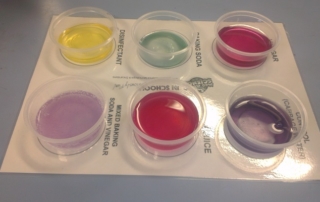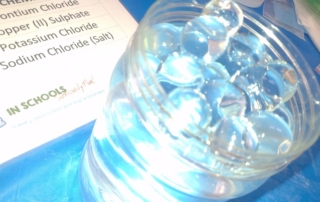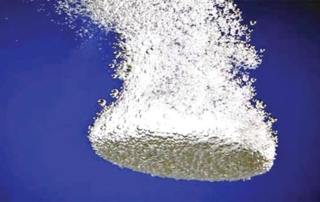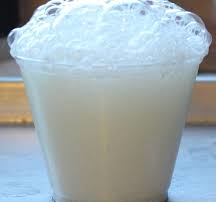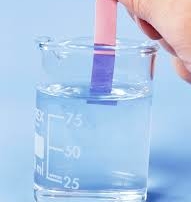Project Description
Chemistry Chaos
Colour changes, smoke, fizz and foam! Everything in our world is made up of chemicals. Explore chemical reactions, physical changes and more.
Level: Available in a junior and middle/senior school format.
Duration: Available in a 60 or 90 minute format. For level 1-6 we recommend a 90 minute format if budget and timetabling constraints allow.
Numbers: Each workshop can cater to a maximum of 30 children. However, smaller groups have better access to equipment and the facilitator.
State: VIC, NSW & QLD
Learning Outcomes
What is a chemical? Our whole world is made up of chemicals.
Natural and man-made polymer chemicals, and their special properties. Real life uses of polymer chemicals and materials.
The difference between chemical reactions and physical changes. How to control the rate of a chemical reaction. Types of chemical reactions (e.g., endothermic and exothermic).
How to identify acids and bases using indicators. Combining acids and bases to alter pH and neutralize solutions. Using litmus paper as an indicator in real life.
Laboratory techniques, such as organisation, accuracy, measurement, use of equipment, and cross contamination.
Scientific method and building science vocabulary.
Activities
Polymer material properties demonstration including an optical illusion with disappearing polymers.
- Each student grows a polymer bead to keep.
Small group exploration of a real life polymer, and how it responds to water.
- Demonstration of temporary physical change vs. a powerful popping chemical change. Discussion of the new chemical made.
- Students mix a solid and liquid together resulting in a exciting endothermic chemical reaction.
Students use an indicator to identify acid and base chemicals. They mix acid and bases to alter pH.
90 minute workshops also include these activities:
Demonstration of mixing two chemicals together resulting in a physical change, exploring density changes specifically.
Demonstration of how to control the rate of chemical reactions.
Victorian Curriculum Links
Objects are made of materials that have observable properties (VCSSU044)
Everyday materials can be physically changed or combined with other materials in a variety of ways for particular purposes (VCSSU045)
Participate in guided investigations, including making observations using the senses, to explore and answer questions (VCSIS051)
Compare observations and predictions with those of others (VCSIS054)
People use science in their daily lives (VCSSU041)
NSW Curriculum Links
Identifies that objects are made of materials that have observable properties (STe-4MW-ST)
Identifies that materials can be changed or combined (ST1-6MW-S)
Questions, plans and conducts scientific investigations, collects and summarises data and communicates using scientific representations (ST2-1WS-S)
Australian Curriculum Links
Objects are made of materials that have observable properties. (ACSSU003)
Everyday materials can be physically changed or combined with other materials in a variety of ways for particular purposes (ACSSU018)
Participate in guided investigations, including making observations using the senses, to explore and answer questions (ACSIS025)
Compare observations and predictions with those of others. (ACSIS041)
People use science in their daily lives, including when caring for their environment and living things (ACSHE035)

